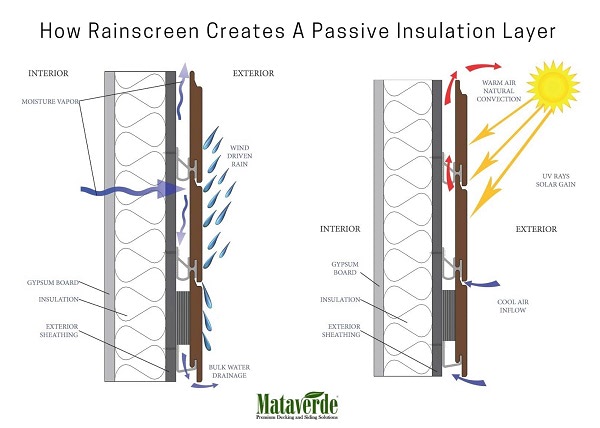
Related Posts
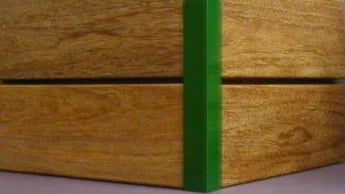
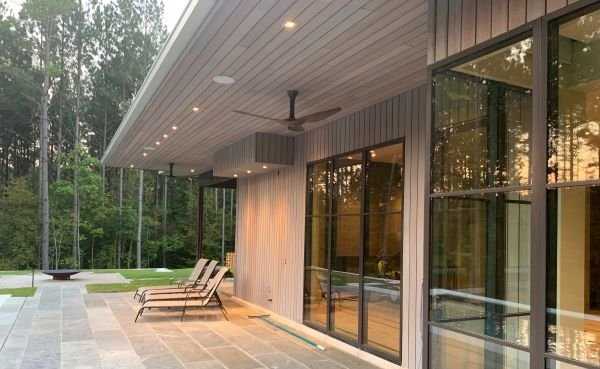

In general terms a rain screen is a sustainable design system that keeps rain (and other elements) away from the building envelope of a structure. By moving the siding material away from the building envelope (weather tight outside area of structure behind the rain screen siding), a gap is formed between the envelope and the siding creating a "rain screen". Of course rain is not the only element a rain screen protects the structure from, a properly designed and built rain screen system will shield the building envelope from snow, sleet and more.
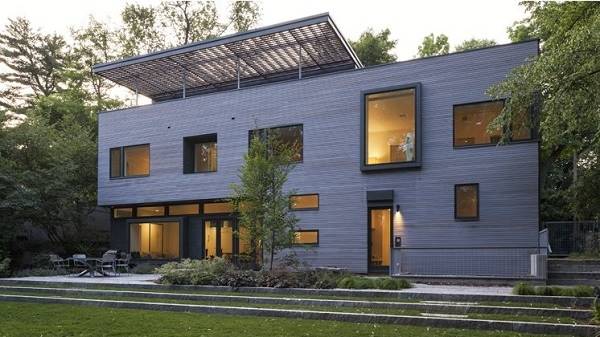
In a rain screen system the gap between the building envelope and the exterior siding also provides a passive insulation cavity that helps save energy. When it is hot outside, this buffer zone behind the rain screen allows the hot air outside to cool off, shielding the interior of the home or structure from the thermal impact. Likewise, in colder climates or when there is cooler weather in any climate, this air space behind the rain screen provides the same buffer zone to prevent the transmission of heat gain or loss which creates a more energy efficient design.
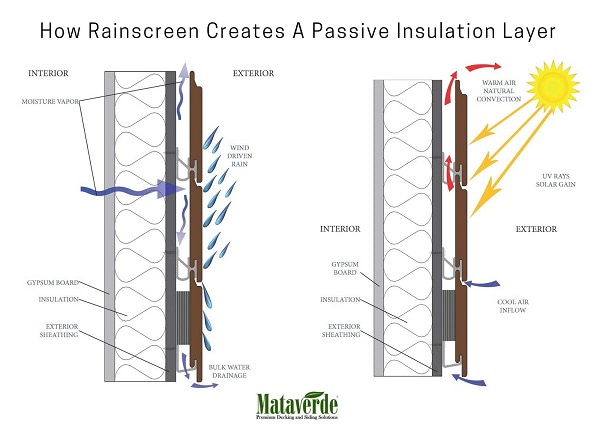
The Climate-Shield rainscreen system minimizes thermal bridging and maximizes passive energy savings
What is thermal bridging in a rain screen? Thermal conductivity is the ability of materials to transmit heat or cold. When materials are connected to or touch one another a thermal bridge is created. Typically, the less material that touches another material, the less transfer of heat or cold. With regards to rain screen systems, the less material contact (thermal bridging) , the less transfer of heat or cold.
With a typical wood siding system there is full contact of the wood siding to the building envelope. This allows the direct transmission of heat throughout 100% of the surface area. In a rain screen system using furring strips, the furring strips become a thermal bridge. The furring strips come in contact with roughly 16% or more of the surface area of the building envelope, creating a rain screen design which has 16% or greater thermal bridging.
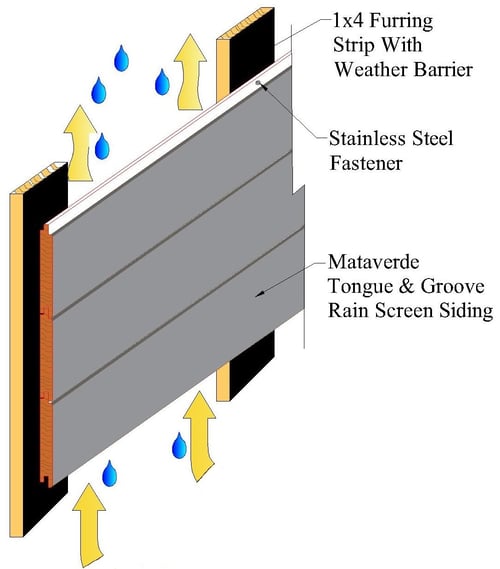
The Climate-Shield™ Rain Screen System uses no furring strips. The surface area of the Climate-Shield rain screen clip that connects the wood siding to the building envelope is less than 3 square inches. This creates a rain screen system that has minimal thermal bridging. The Climate-Shield™ Rain Screen Clip allows design professionals a rain screen design option to reduce thermal bridging to less than 1% of the surface area of the building envelope.
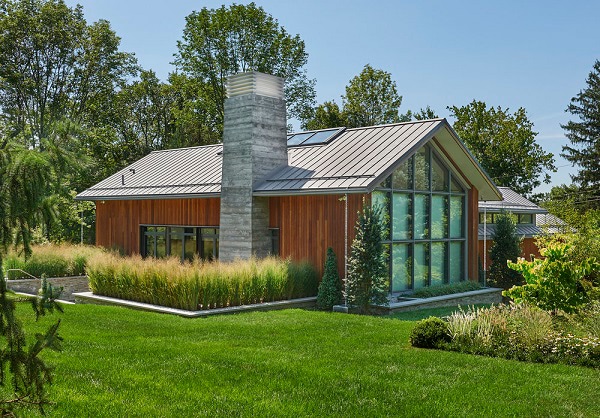
Additionally the removal of the furring strip from the design creates:
significant labor savings
material cost savings
better air flow behind the rain screen
better evaporation behind the rain screen
a healthier system by eliminating potential mold and mildew problems
Rainscreen Wood Siding Systems
Rain Screen Wood Siding Architectural Specifications
Download the FREE comprehensive whitepaper titled,
"The Ultimate Guide to Building Green with Rain Screen Wood Siding".

